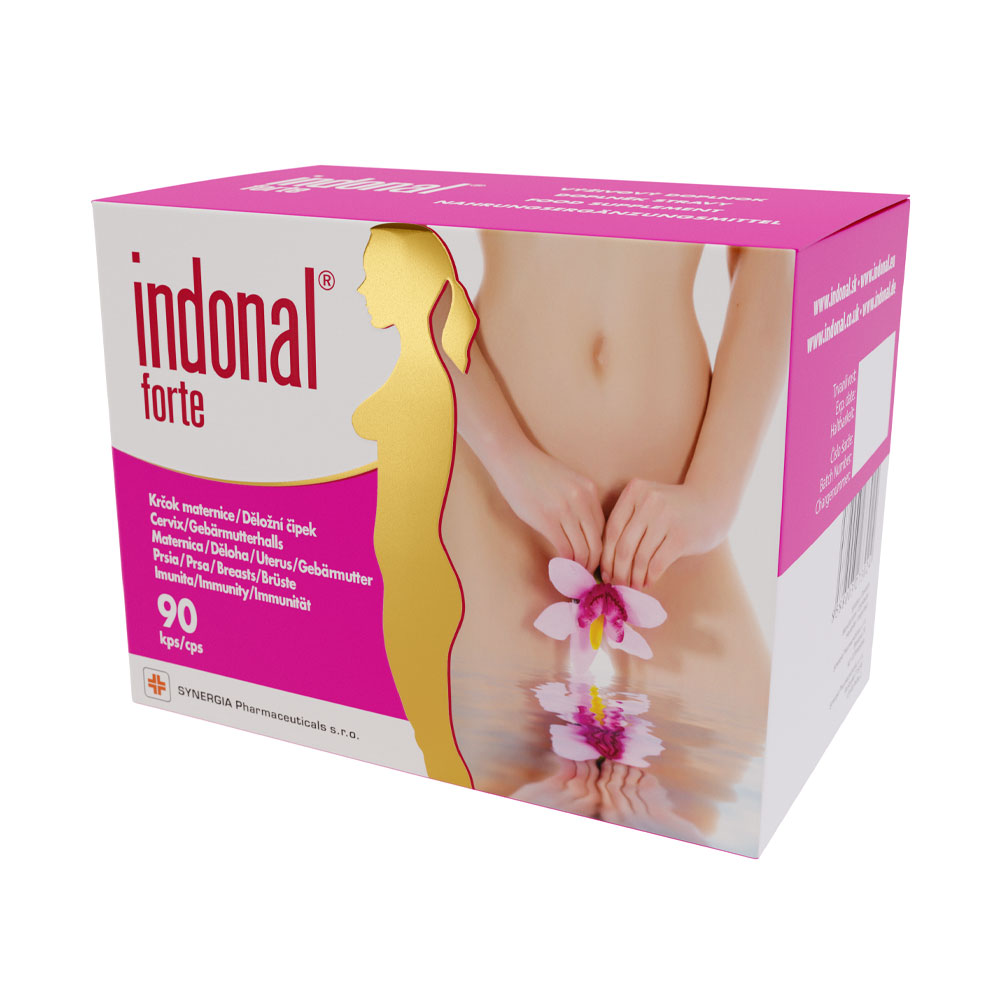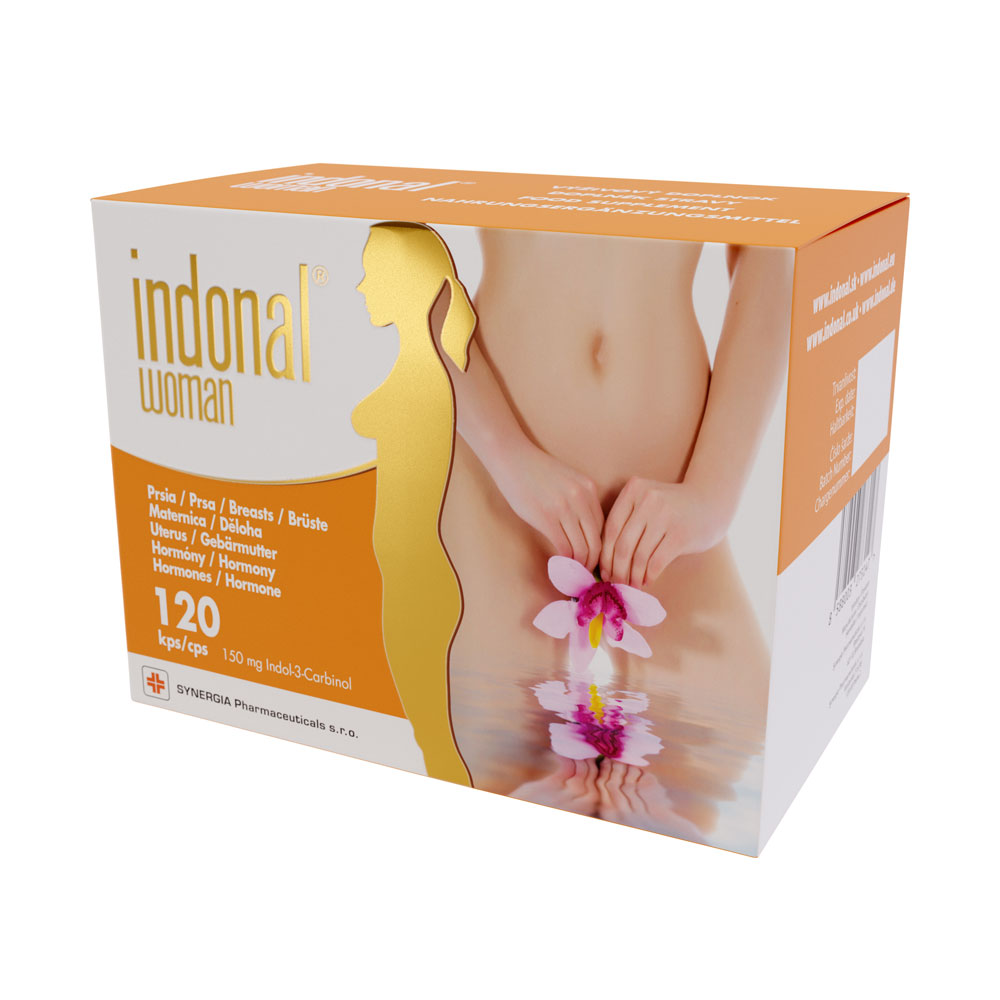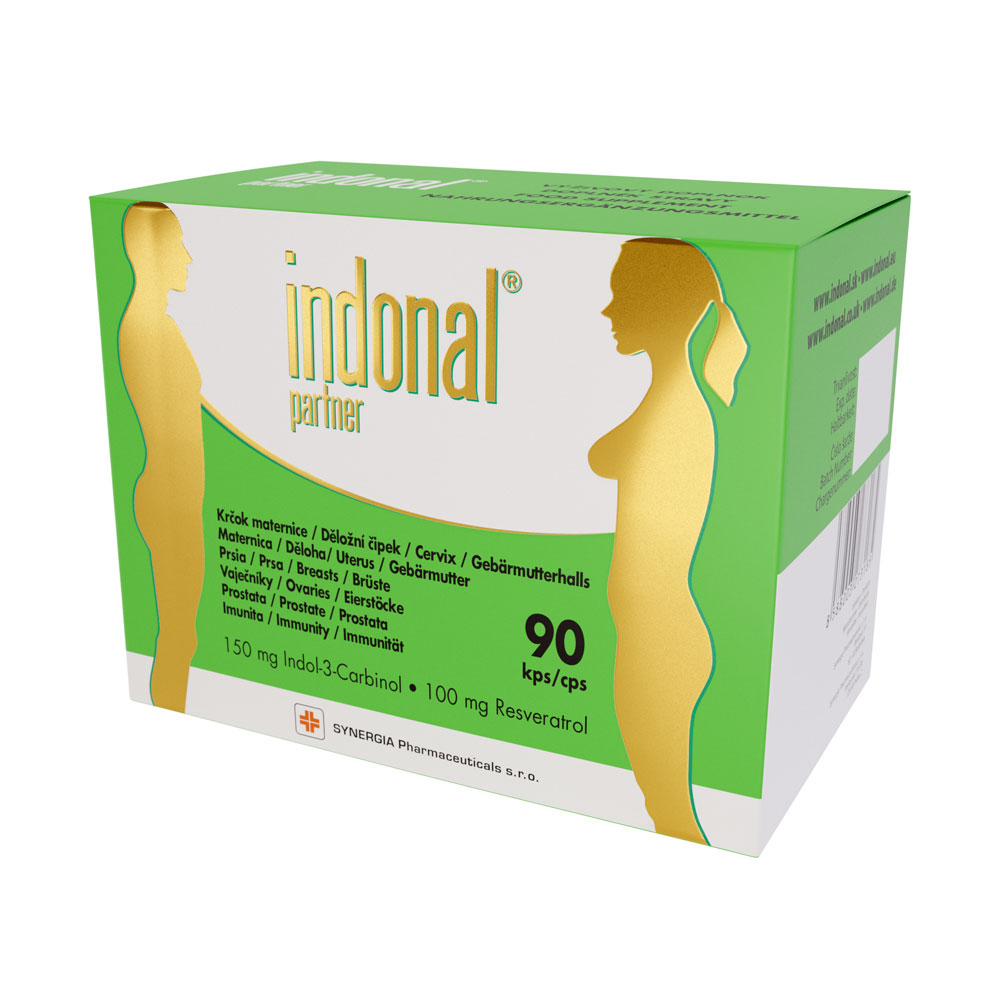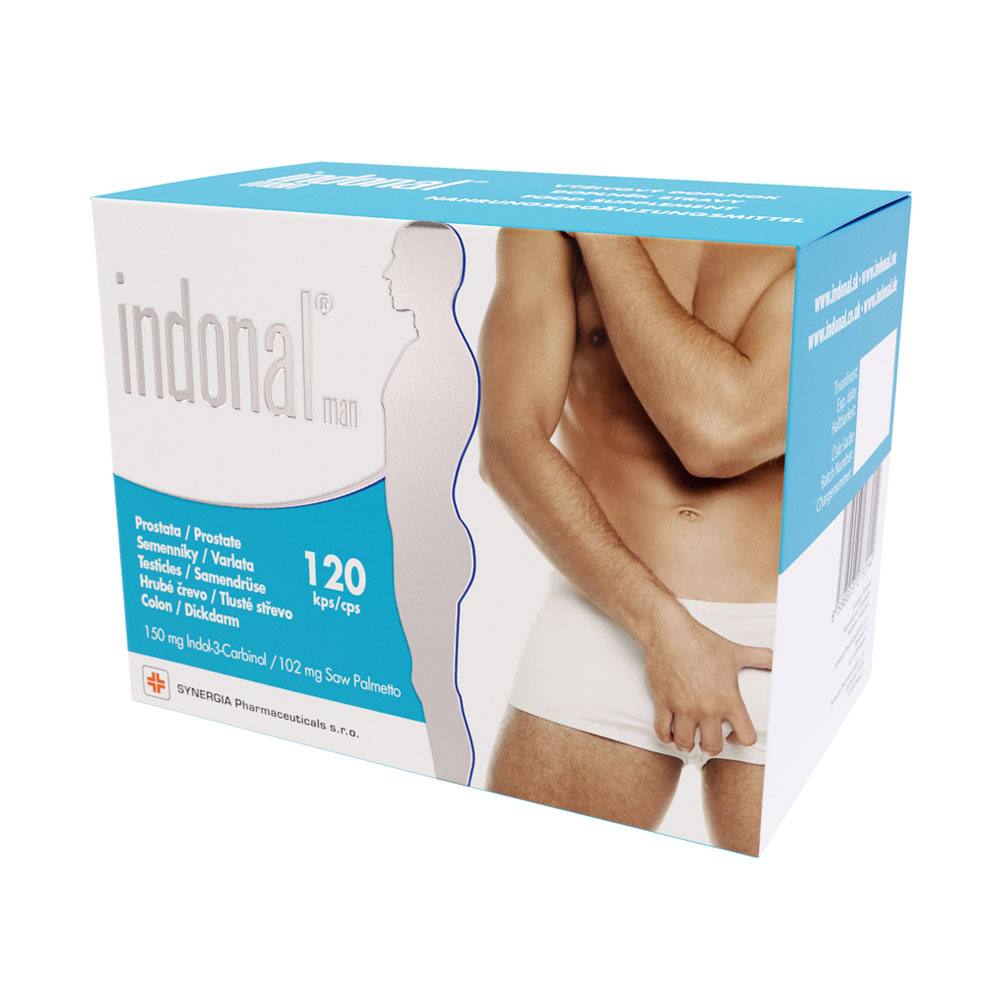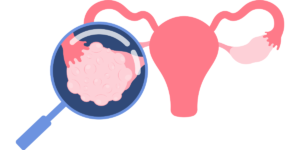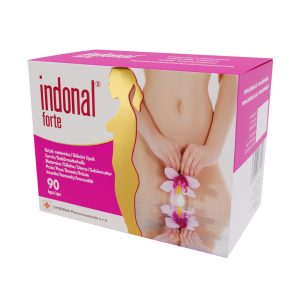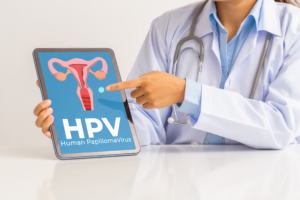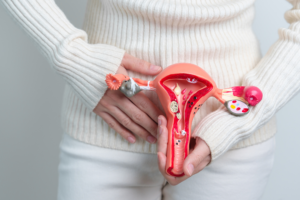Ovarian cysts are essentially fluid-filled follicles that can develop on the surface or inside the ovaries. These cysts are quite common, and most are benign, meaning they are not cancerous.
Symptoms of Ovarian Cysts
The most common symptoms of ovarian cysts include:
- Lower abdominal pain: A dull ache or sharp pain that may be associated with menstruation or occur independently.
- Pelvic discomfort or pressure: Cysts can cause a feeling of pressure in the pelvis or a sense of fullness.
- Abnormal bleeding: Some cysts can cause irregular bleeding outside of the menstrual cycle.
- Urination problems: Large cysts can press on the bladder, causing urination issues.
- Unnatural hair growth: Cysts can affect hormonal balance, leading to excessive body hair growth.
How Do Ovarian Cysts Manifest?
Ovarian cysts can manifest in various ways:
- Asymptomatic: Some cysts can be small and without symptoms, often discovered incidentally during a gynecological examination.
- Pain and discomfort: Larger or problematic cysts can cause pain and discomfort in the pelvis.
- Complications: In some cases, cysts can grow and cause complications such as rupture or torsion, which is a serious condition.
What Are the Causes of Ovarian Cysts?
Hormonal imbalance is one of the main causes of ovarian cysts, especially functional cysts. Functional cysts include follicular cysts (which develop from a follicle that may rupture during ovulation) and luteal cysts (which form when the corpus luteum does not dissolve after releasing an egg during menstruation). These cysts are directly linked to the normal menstrual cycle and ovarian hormonal activity.
What Happens When an Ovarian Cyst Ruptures?
Rupture of an ovarian cyst can lead to various symptoms and consequences, depending on the type and size of the cyst and the fluid contained within it:
- Pain: Rupture can cause sudden, sharp pain in the lower abdomen, which may be localized on one side but can spread throughout the pelvic area.
- Fluid in the abdominal cavity: The fluid from a ruptured cyst can leak into the abdominal cavity. The type of fluid can include:
- Serous fluid: This clear or pale yellow fluid is most common in functional cysts and is usually harmless, absorbed by the body without complications.
- Blood: If the cyst contains blood (such as in hemorrhagic or endometrial cysts), bleeding into the abdominal cavity can cause pain and irritation, sometimes requiring medical intervention.
- Pus or other infectious fluid: In infected cysts, rupture can release pus, leading to abdominal infection and peritonitis (inflammation of the abdominal lining).
- Other symptoms: Nausea, vomiting, weakness, dizziness, or shock if bleeding is severe.
Can an Ovarian Cyst Prevent Pregnancy?
Yes, an ovarian cyst can sometimes affect a woman’s ability to conceive, but this is not always the case. It depends on the type, size, location of the cyst, and whether it causes other complications. Key points to consider include:
- Functional cysts: The most common types of ovarian cysts, such as follicular and corpus luteum cysts, usually form during the menstrual cycle and often resolve on their own, typically not affecting fertility.
- Polycystic ovaries (PCOS): Polycystic ovary syndrome is a condition where women have many small cysts on their ovaries, associated with hormonal imbalances, which can lead to ovulation problems and make conception difficult.
- Endometrial cysts (endometriomas): These can impact fertility by disrupting ovulation or damaging the fallopian tubes.
- Dermoid cysts and cystadenomas: These less common types can grow large, causing discomfort or complications if they restrict blood supply to the ovaries or press on other organs.
What Helps with Ovarian Cysts?
Indole-3-Carbinol (I3C) is a compound naturally found in certain vegetables like broccoli, kale, and cabbage. Research suggests that I3C helps maintain hormonal balance in the body, reducing the risk of ovarian cyst formation:
- I3C supports the conversion of estrogen into less active forms, decreasing excessive estrogen activity, which can contribute to hormone-dependent cyst formation.
- I3C has antioxidant and anti-inflammatory properties, reducing inflammation and oxidative stress in ovarian tissues, helping to reduce cyst formation.
- I3C promotes apoptosis (programmed cell death) of abnormal cells, aiding in reducing or preventing pathological cysts.
- I3C can inhibit the proliferation of ovarian cyst cells, decreasing the likelihood of uncontrolled cell division and cyst formation.
- I3C supports the activity of liver enzymes involved in hormone and toxin detoxification, contributing to reduced hormonal imbalance and cyst formation.
- I3C affects several cellular signaling pathways, including those involved in cell cycle regulation and apoptosis, helping maintain normal cell function and preventing pathological cyst formation.
These mechanisms together help regulate hormonal balance, reduce inflammation, and promote ovarian cell health, thus reducing the risk of ovarian cyst formation.
Source:
- Reed, G. A., Arneson, D. W., Putnam, W. C., et al. (2006). Single-dose and multiple-dose administration of indole-3-carbinol to women: Pharmacokinetics based on 3,3′-diindolylmethane. Cancer Epidemiology Biomarkers & Prevention, 15(12), 2477-2481.
- Michnovicz, J. J., Bradlow, H. L., & Telang, N. T. (1997). Effects of 3,3′-diindolylmethane (DIM) on estrogen metabolism in vitro and in vivo. Biochemical Pharmacology, 55(6), 877-886.
- Aggarwal, B. B., Ichikawa, H., & Malani, N. (2006). The anticancer potential of curcumin and other nutraceuticals. In Anti-Inflammatory and Anti-Allergy Agents in Medicinal Chemistry (Formerly Current Medicinal Chemistry-Anti-Inflammatory and Anti-Allergy Agents), 6(3), 195-208.
- Li, Y., & Sarkar, F. H. (2002). Induction of apoptosis and inhibition of c-erbB-2 in breast cancer cells by indole-3-carbinol. Nutrition and Cancer, 43(1), 120-127.
- Rahman, K. W., & Sarkar, F. H. (2005). Inhibition of nuclear translocation of nuclear factor-κB contributes to 3,3′-diindolylmethane-induced apoptosis in breast cancer cells. Cancer Research, 65(9), 364-371.
- Kim, Y. S., & Milner, J. A. (2005). Targets for indole-3-carbinol in cancer prevention. The Journal of Nutritional Biochemistry, 16(2), 65-73.
- Bradlow, H. L., Michnovicz, J. J., & Telang, N. T. (1991). Effects of dietary indole-3-carbinol on estradiol metabolism and spontaneous mammary tumors in mice. Carcinogenesis, 12(8), 1571-1574.
- Wu, T. Y., Saw, C. L., Khor, T. O., & Pung, D. (2010). Inhibition of tumorigenesis by dietary indoles and isothiocyanates. In Bioactive Foods in Promoting Health (pp. 49-65). Academic Press.






